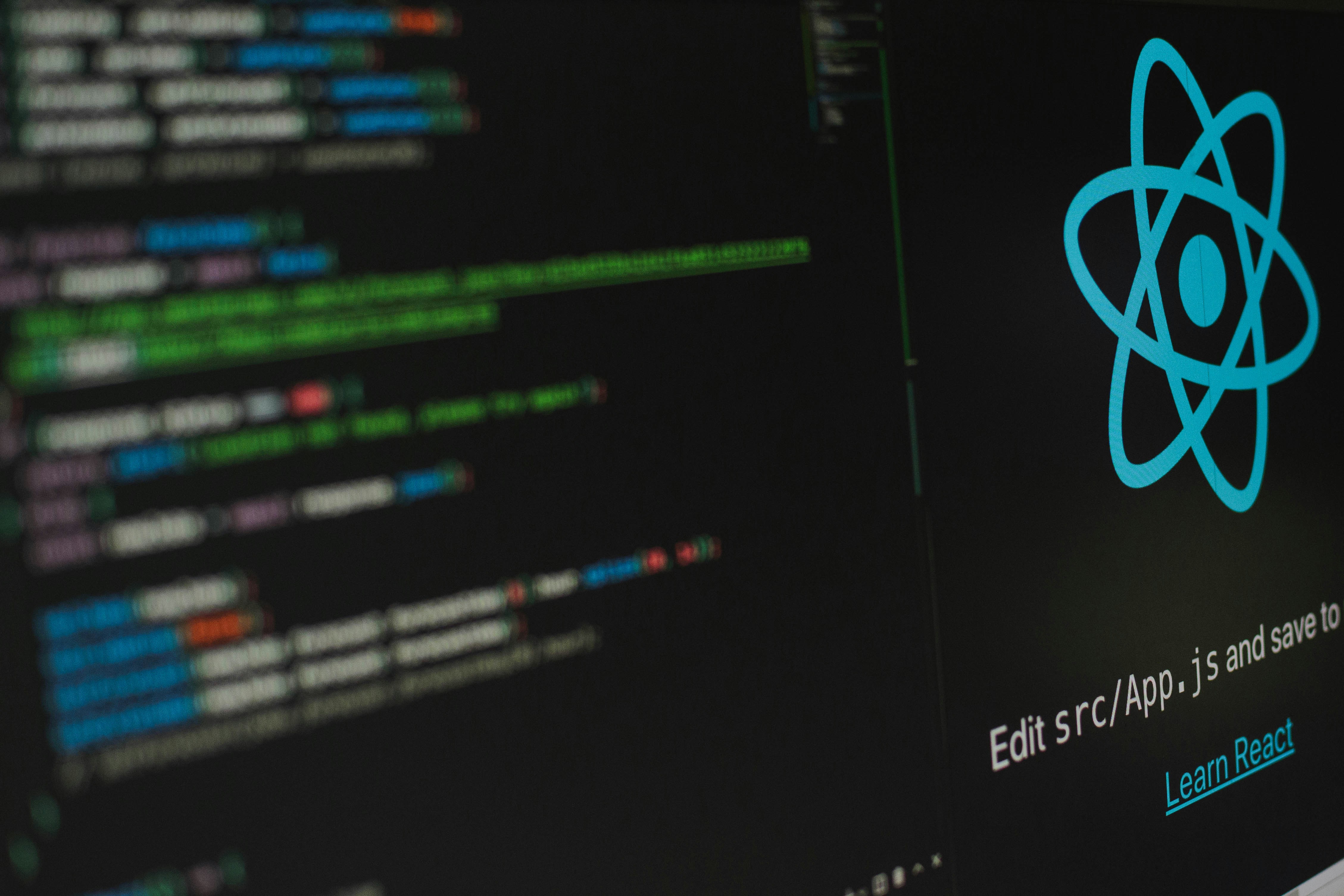Debouncing is a critical optimization technique in React for managing high-frequency events like search inputs, API calls, or UI interactions. The useDebounce hook encapsulates this logic, enabling developers to defer actions until a specified delay. This guide explores five advanced methods to implement useDebounce, tailored for experts seeking granular control over performance and edge cases.
1. Basic Implementation with useEffect and setTimeout
The foundational approach uses React’s useState, useEffect, and setTimeout to delay state updates.
Code Example:
import { useState, useEffect } from 'react';
const useDebounce = (value, delay = 500) => {
const [debouncedValue, setDebouncedValue] = useState(value);
useEffect(() => {
const timer = setTimeout(() => setDebouncedValue(value), delay);
return () => clearTimeout(timer);
}, [value, delay]);
return debouncedValue;
};Use Case:
- Ideal for simple search inputs where API calls trigger after typing pauses .
Pros:
- Minimal dependencies.
- Easy to integrate into existing components.
Cons:
- Limited control over edge cases (e.g., API cancellation).
2. Using Lodash Debounce for Advanced Control
Leverage Lodash’s debounce function for robust debouncing with configurable leading/trailing edge execution.
Code Example:
import { useCallback, useRef, useEffect } from 'react';
import _ from 'lodash';
const useDebounce = (callback, delay) => {
const callbackRef = useRef(callback);
useEffect(() => {
callbackRef.current = callback;
}, [callback]);
return useCallback(
_.debounce((...args) => callbackRef.current(...args), delay),
[delay]
);
};Use Case:
- Complex scenarios requiring trailing/leading edge execution (e.g., autosave forms) .
Best Practices:
- Use
useRefto handle stale closures. - Combine with
useCallbackto prevent unnecessary re-renders .
3. Integrating AbortController for API Cancellation
Cancel pending API requests when new debounced values arrive, reducing server load and race conditions.
Code Example:
const useDebounce = (value, delay) => {
const [debouncedValue, setDebouncedValue] = useState(value);
const controllerRef = useRef(new AbortController());
useEffect(() => {
const timer = setTimeout(() => {
setDebouncedValue(value);
controllerRef.current = new AbortController();
}, delay);
return () => {
clearTimeout(timer);
controllerRef.current.abort();
};
}, [value, delay]);
return { debouncedValue, signal: controllerRef.current.signal };
};Use Case:
- Search interfaces requiring real-time API cancellation .
Key Insight:
AbortControllerensures outdated requests are terminated, improving performance and stability .
4. Composing with useTimeout Custom Hook
Build a modular useDebounce by abstracting timer logic into a reusable useTimeout hook.
Code Example:
const useTimeout = (callback, delay) => {
const savedCallback = useRef();
useEffect(() => {
savedCallback.current = callback;
}, [callback]);
useEffect(() => {
const tick = () => savedCallback.current();
if (delay !== null) {
const id = setTimeout(tick, delay);
return () => clearTimeout(id);
}
}, [delay]);
};
const useDebounce = (value, delay) => {
const [debouncedValue, setDebouncedValue] = useState(value);
useTimeout(() => setDebouncedValue(value), delay);
return debouncedValue;
};Advantage:
- Promotes code reusability and separation of concerns .
5. Combining Throttle and Debounce for Hybrid Scenarios
Optimize interactions requiring both rate-limiting and delayed execution (e.g., scroll events + search).
Code Example:
const useThrottledDebounce = (callback, delay) => {
const throttledCallback = useThrottle(callback, delay);
const debouncedCallback = useDebounce(throttledCallback, delay);
return debouncedCallback;
};Use Case:
- Applications needing dual optimization (e.g., real-time dashboards with frequent updates) .
Best Practices for Expert-Level Implementation
- Delay Optimization:
- Test delays between 300–500ms for user inputs; adjust based on UX testing .
- Memory Management:
- Always clear timeouts in
useEffectcleanup to prevent memory leaks .
- Always clear timeouts in
- Dependency Arrays:
- Include all dynamic variables (e.g.,
value,delay) inuseEffectdependencies .
- Include all dynamic variables (e.g.,
- Edge Cases:
- Handle component unmounting and stale state with
useReforAbortController.
- Handle component unmounting and stale state with
Conclusion
Mastering the useDebounce hook empowers React developers to build high-performance applications with controlled event handling. Whether leveraging Lodash for flexibility, AbortController for cancellations, or hybrid throttle-debounce logic, each method addresses unique use cases. Implement these strategies to optimize API efficiency, reduce server load, and deliver seamless user experiences.
Call to Action:
Experiment with these techniques in your next project and share your insights in the comments below. For advanced React patterns, explore our guide on Optimizing React Performance with Custom Hooks.
